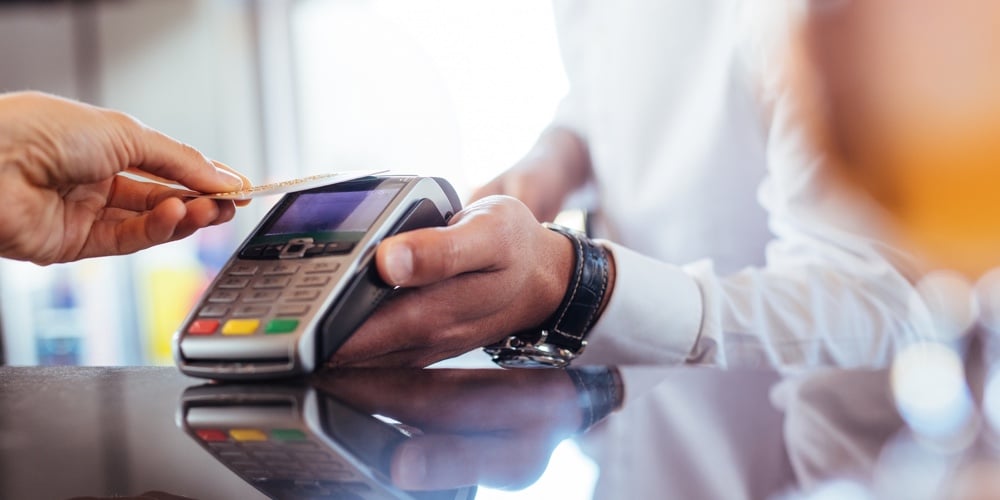Contactless payment drivers & barriers to usage

In the wake of 2020’s global health crisis, a change swept across the payment landscape as tap to pay went from being a convenience to an essential. Strong demand, propelled by the pandemic and preference of digital-native Millennials, paved the way for contactless payments.
In fact, a recent Visa survey found that the entire universe of people who own a contactless card has grown by 34 percentage points since 2020, that growth is even higher for Millennials, with 75% reporting owning a contactless card (up 38 percentage points from 2020)*. The marked difference in speed and convenience during checkout played a huge role in winning over this crowd.
It’s not just Millennials though. Our survey has shown that contactless payments are perceived by all respondents as faster and easier to use than other forms of payment – 78% note contactless cards as faster than chip, and 75% feel that contactless cards are just as easy to use as chip.
While ownership has reached a favorable majority, there is still an opportunity to increase adoption. While 40% of those surveyed state that they use tap to pay on either a card or mobile device for most or all of their purchases, there are still some obstacles to both wider and more consistent utilization.
For those who aren’t using contactless payments for most of their purchases, the chief barriers are:
- They don’t know that they have a card or mobile device that is enabled for contactless payments: This is becoming less common as we’re seeing steady rise in the percentage of people who are aware and understand what the contactless indicator on their card represents (currently at 60%, up 28 percentage points since 2020). Consumers are also becoming increasingly savvy about what to look for at a point of sale, such as checking the terminal for the word “Tap”, and locating the contactless symbol to see if a merchant accepts contactless payments.
- Not all merchants accept contactless payments: While the majority of top retailers (285 of the top 300 merchants in the U.S.) accept contactless payments, those that don’t may risk losing business, especially with younger shoppers. Two-thirds of the Gen Z and Millennial consumers in our survey use tap to pay with their mobile device, and they frequently leave home without a wallet. This has led to 4 in 10 contactless users in the survey saying they had skipped a purchase because their device was not accepted.
- They habitually use a legacy payment method such as swiping or inserting a card: Some consumers are comfortable with their current payment methods and see no reason to switch. 59% of those surveyed have a habit of using a different method of payment besides contactless cards.
With this research in mind, community issuers can make the most of these trends by ensuring their own cards offer contactless functionality and by educating their members about the benefits of using a contactless card. Since popular mobile wallets can be used like a contactless card, issuers should help members understand how to add a card to their phone and encourage them to do so. It’s a smart way to give members another payment option as well as improve card usage.
*Source: Visa Contactless Drivers & Barriers Bi-Annual Research (2020-2023) surveying 1,001 online interviews among debit/credit card owners who are 18-65 and not competitively employed.

